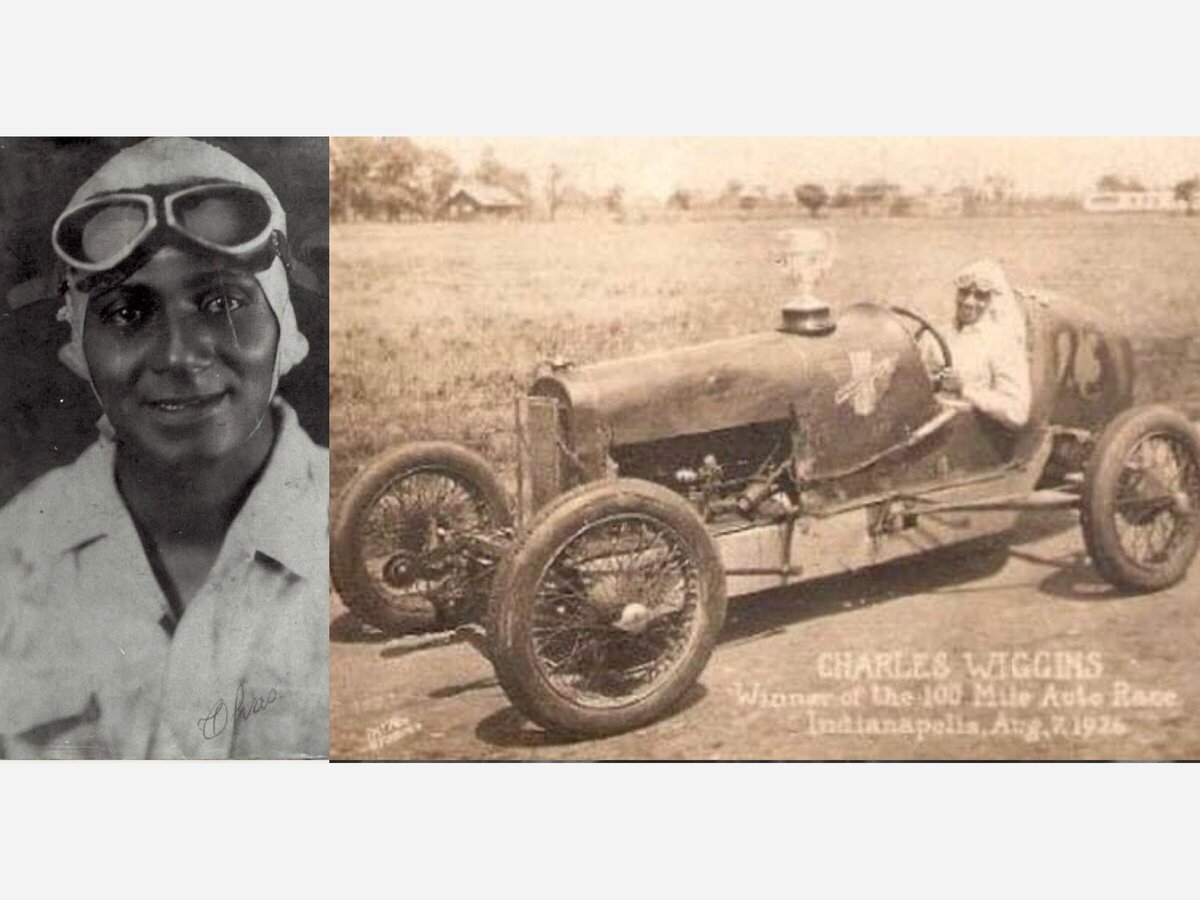Image

The Indiana Klan didn’t allow Black drivers at the Indy500, but Hoosier Charlie Wiggins had an unquenchable need for speed.
On August 7, 1926, he cruised to victory in the Gold and Glory Sweepstakes championship, a segregated auto race for African American drivers.
Revving his engine in front of a thrilled crowd of 12,000 gathered at the Indiana State Fair Grounds, Wiggins took the lead in the 72nd lap.
The crowd was amazed but few knew the full scope of Wiggins’ wildstyle genius. The ‘Negro Speed King’ was a master mechanic and self-taught fuel scientist. He could diagnose ailing engines just by listening to them, and his touch was magic.
His "Wiggins Special” was powered by his own premium blend of oil and airplane fuel.
The Gold & Glory race itself was established by the Colored Speedway Association, a racially integrated automotive braintrust of five African-American business leaders: Harry Dunnigton, William Rucker, George Lemon, Earnest Jay Buffet, Alvin D. Smith; and two white businessmen, Harry A. Earl and Oscar E. Schilling.
The seven had come together in 1924 to sanction a national racing series for black drivers.
Wiggins was to go on to claim a triology of Gold & Glory wins, in 1931, 1932, and 1933.
Recounts race historian Tod Gould, Indycar driver Harry MacQuinn had asked Wiggins to loan him a car for a race in Louisville, Kentucky in 1928. "Charlie agreed, on the condition he drive the tuning runs at the speedway himself," Gould says. "When the white spectators in Louisville saw a black man driving, they mobbed the pits. Arrested for his own protection, Wiggins was charged with speeding.”
Indycar pilot Bill Cummings knew what Wiggins could do. In 1934, he hired him to tune his racing car for the 500.
By day, Wiggins swept floors and posed as a humble janitor.
At night, he overhauled Cummings’ car and made it purr like a kitten. He won and set a track record.
“During the 1936 Gold and Glory Sweepstakes, Wiggins was involved in a 13-car crash that nearly took his life. He lost his right leg and vision in one eye, ending his racing career. After designing and building his own wooden leg, Wiggins remained a mechanic and advocate for African American racing. He would also train other black mechanics for the rest of his life. Charlie Wiggins died in March 1979, at 82.”
For more: https://www.courierpress.com/story/news/local/2018/07/01/history-lesson…
See the PBS special about Wiggins here: https://to.pbs.org/3hBsEno
And visit: